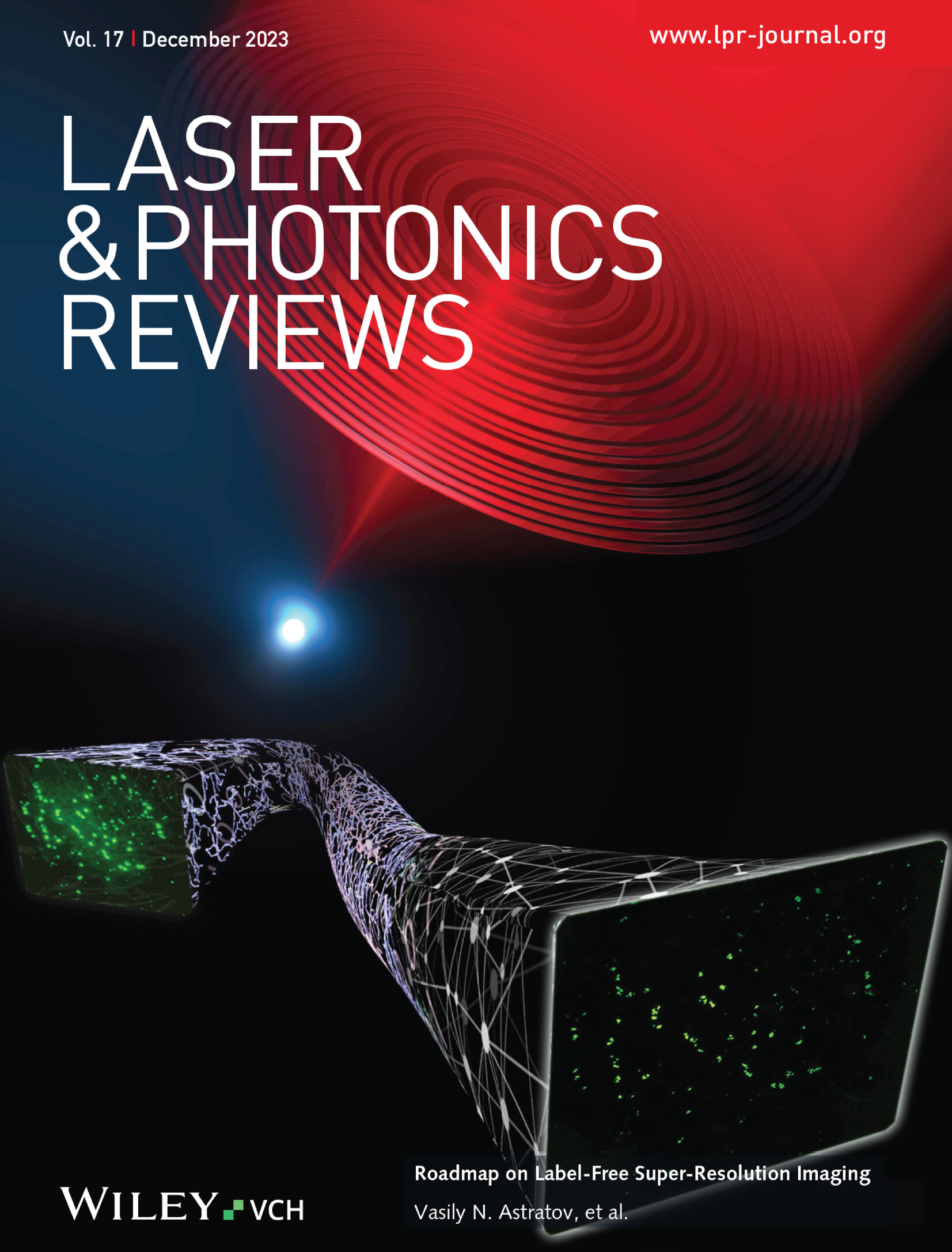阳离子取代工程提高卤化锰闪烁体的玻璃稳定性,用于先进的3D X射线重建
IF 9.8
1区 物理与天体物理
Q1 OPTICS
引用次数: 0
摘要
有机-无机杂化卤化锰玻璃具有优异的光学透明度、简单的制备工艺和大规模生产的潜力等优点。然而,在这种玻璃材料中容易发生的结晶现象会导致透明度显著降低,从而显著影响其X射线成像性能。本文提出了一种阳离子取代基调控策略,以提高卤化锰的玻璃稳定性。通过甲基环己基取代Ph‐Mn阳离子中的苯基,成功合成了一种新型卤化锰(Mn)。这种取代策略可以有效地削弱锰(II)卤化物晶格内的阳离子-阴离子相互作用和π -π堆叠相互作用,从而显著降低熔点(Tm)。此外,MCy - Mn固有的刚性结构也使玻璃化转变温度(Tg)升高。因此,所得的MCy - Mn晶体显示出0.82的高Tg/Tm比。此外,制备的MCy - Mn闪烁玻璃具有19.3 lp mm−1的高空间分辨率,并成功实现了三维X射线重建。正如预期的那样,MCy - Mn玻璃表现出出色的环境稳定性,在大气条件下暴露30天后没有观察到结晶。这项工作为开发高稳定性金属卤化物闪烁玻璃提供了有价值的见解。本文章由计算机程序翻译,如有差异,请以英文原文为准。
Cationic Substituent Engineering to Enhance Glassy Stability of Manganese Halide Scintillators for Advanced 3D X‐ray Reconstruction
Organic–inorganic hybrid manganese(II) halide glasses exhibit advantages such as exceptional optical transparency, straightforward preparation processes, and potential for large‐scale production. However, the crystallization phenomenon easily occurring in this glass material can induce a marked reduction in transparency, which significantly compromises its X‐ray imaging performance. Herein, a cationic substituent regulation strategy is developed to improve the glassy stability of manganese(II) halides. By replacing the phenyl group in Ph‐Mn cation with methylcyclohexyl substituent, a novel manganese(II) halide MCy‐Mn is successfully synthesized. Such a substitution strategy can effectively weaken both the cation–anion interactions and π –π stacking interactions within the manganese(II) halide lattice, resulting in a remarkable reduction in melting point (Tm ). Moreover, the inherent rigid structure of MCy‐Mn also confers an elevated glass transition temperature (Tg ). Consequently, the resultant MCy‐Mn crystal demonstrates a high Tg /Tm ratio of 0.82. Besides, the fabricated MCy‐Mn scintillation glass exhibits a high spatial resolution of 19.3 lp mm−1 and has successfully achieved 3D X‐ray reconstruction. As anticipated, MCy‐Mn glass exhibits outstanding environmental stability, with no crystallization observed after being exposed to atmospheric conditions for 30 days. This work provides valuable insights for the development of high‐stability metal halide scintillation glasses.
求助全文
通过发布文献求助,成功后即可免费获取论文全文。
去求助
来源期刊
CiteScore
14.20
自引率
5.50%
发文量
314
审稿时长
2 months
期刊介绍:
Laser & Photonics Reviews is a reputable journal that publishes high-quality Reviews, original Research Articles, and Perspectives in the field of photonics and optics. It covers both theoretical and experimental aspects, including recent groundbreaking research, specific advancements, and innovative applications.
As evidence of its impact and recognition, Laser & Photonics Reviews boasts a remarkable 2022 Impact Factor of 11.0, according to the Journal Citation Reports from Clarivate Analytics (2023). Moreover, it holds impressive rankings in the InCites Journal Citation Reports: in 2021, it was ranked 6th out of 101 in the field of Optics, 15th out of 161 in Applied Physics, and 12th out of 69 in Condensed Matter Physics.
The journal uses the ISSN numbers 1863-8880 for print and 1863-8899 for online publications.

 求助内容:
求助内容: 应助结果提醒方式:
应助结果提醒方式:


